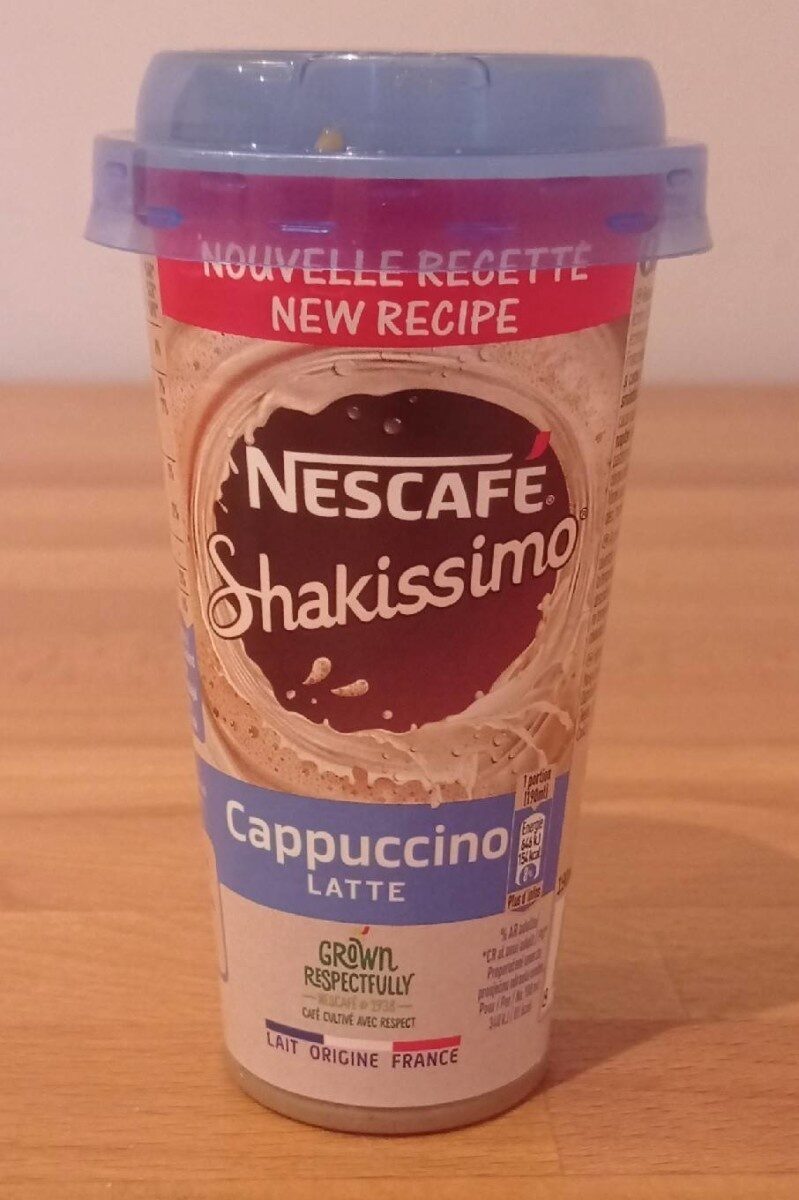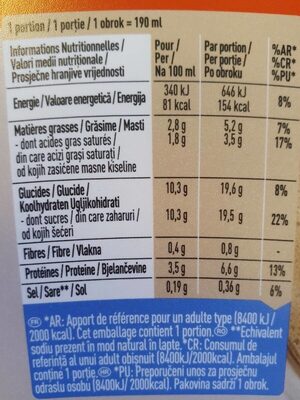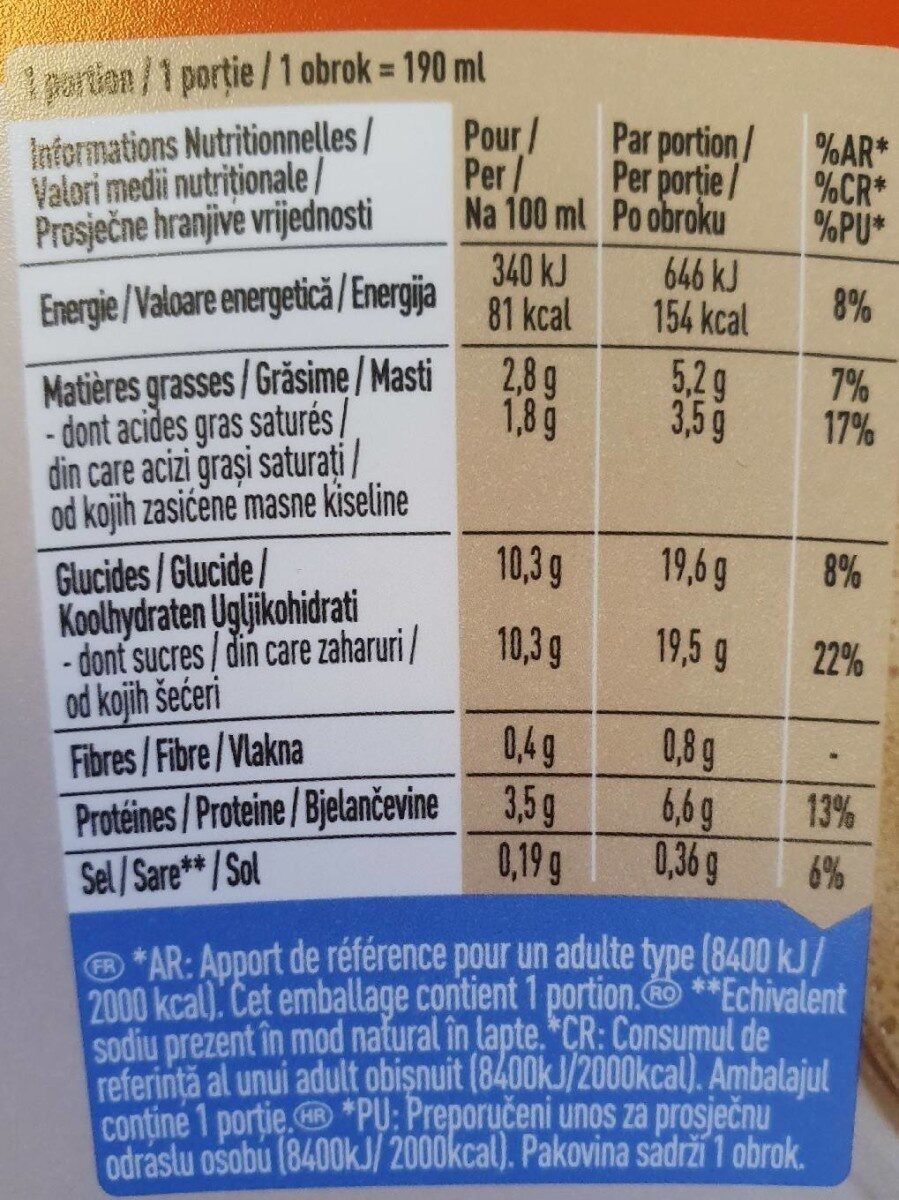Shakissimo Cappuccino Latte - Nescafé - 190 ml
This product page is not complete. You can help to complete it by editing it and adding more data from the photos we have, or by taking more photos using the app for Android or iPhone/iPad. Thank you!
×
Barcode: 8594002786465 (EAN / EAN-13)
Common name: Boisson lactée à l'extrait de café
Quantity: 190 ml
Brands: Nescafé
Categories: Plant-based foods and beverages, Beverages, Plant-based foods, Hot beverages, Coffees, Coffee drinks, Sweetened beverages
Stores: Dia, Magasins U, Franprix
Countries where sold: France
Matching with your preferences
Environment
Packaging
Transportation
Report a problem
Data sources
Product added on by tacite
Last edit of product page on by packbot.
Product page also edited by francois-mace, kiliweb, magasins-u, openfoodfacts-contributors, sole82, solveig-yuka, stive24, teolemon, yuka.Eq8bOv2JGMkZJ8Dc7p45xznnNNXQGtAFKnoSoQ, yuka.IqISDfKPNdEsAPfUiY9sjSC7M-HAMeJkAHkyog, yuka.R1lvZ0hwOE52c01LdGRvT293UFAxK0J4NXI2cGRITytCN0JBSVE9PQ, yuka.YWZFTEhhWXJoL2N2eXN3NDRCSHUxUEJueWIra2VIcVJOTTFLSVE9PQ, yuka.sY2b0xO6T85zoF3NwEKvlmwZaOrdvA7NDzrvoE6P_PysFLfoff9_6avEE6s.








